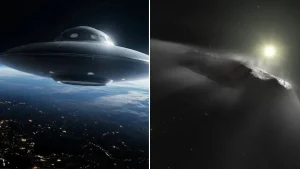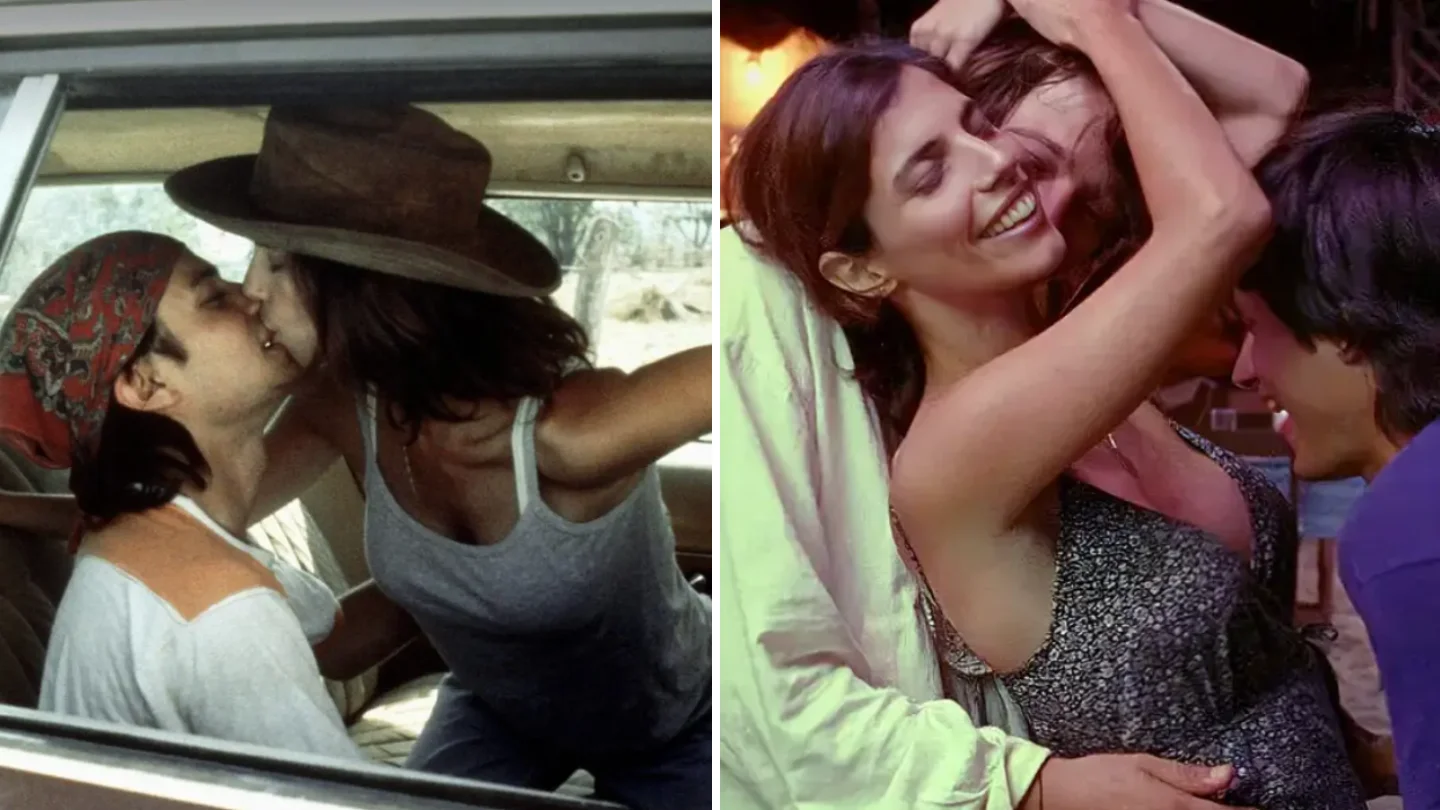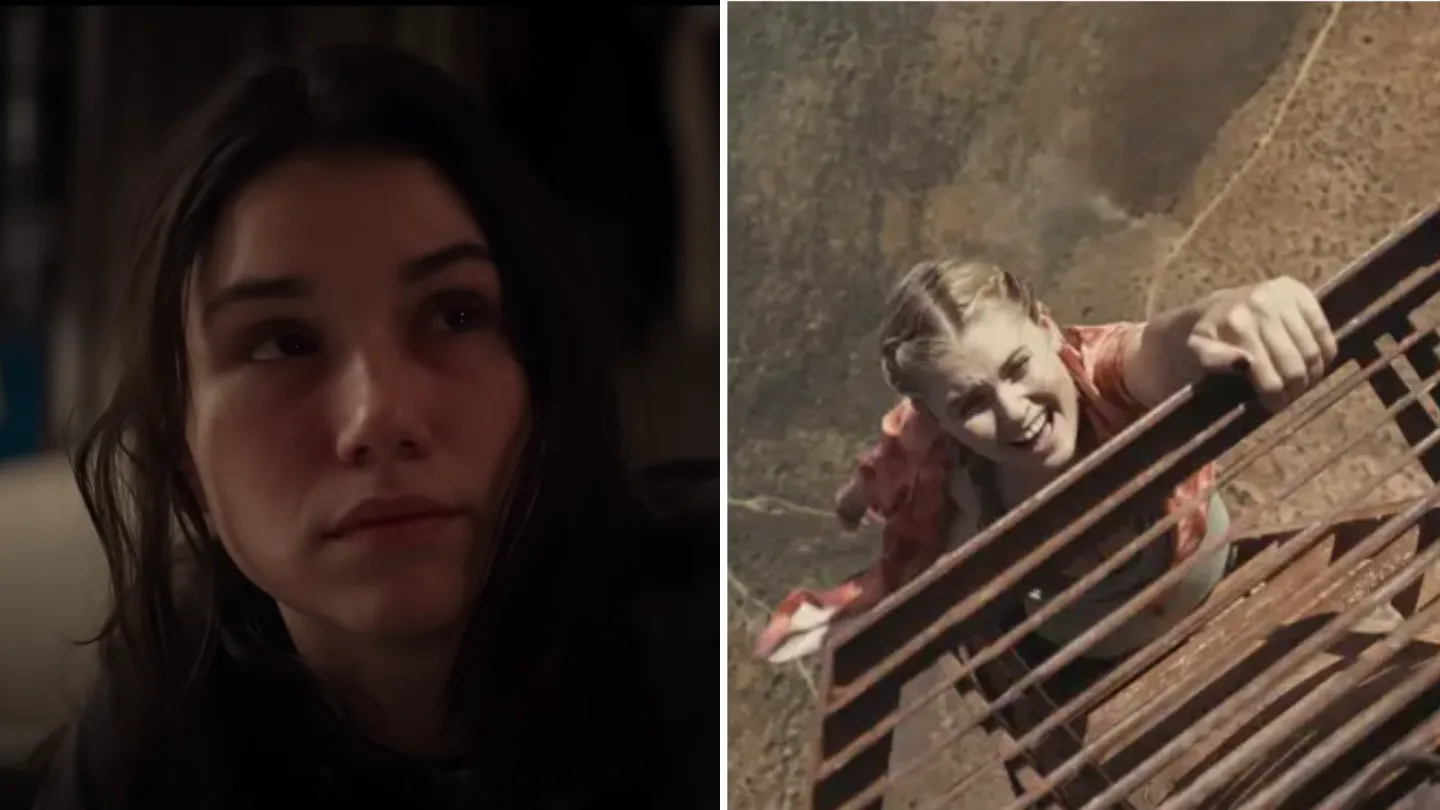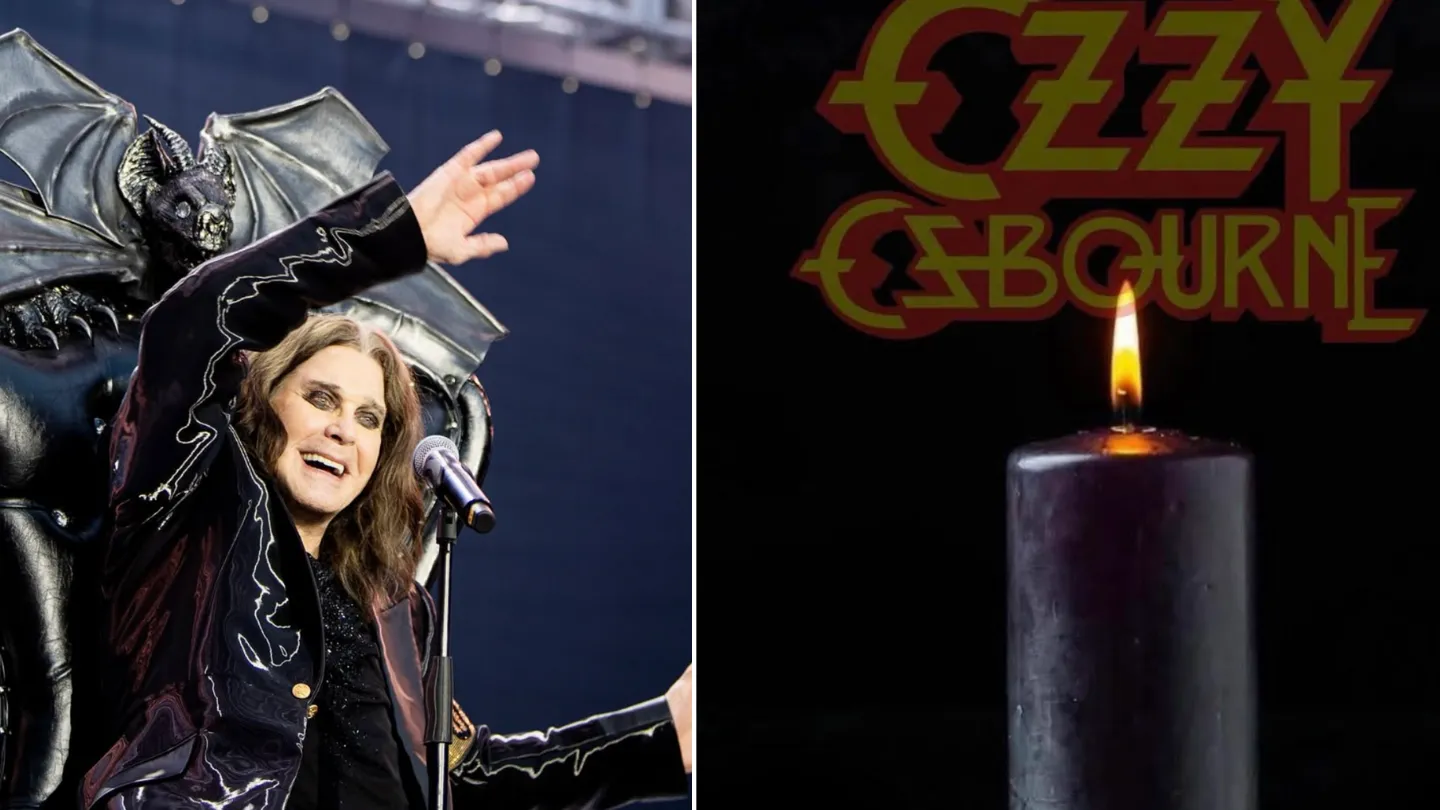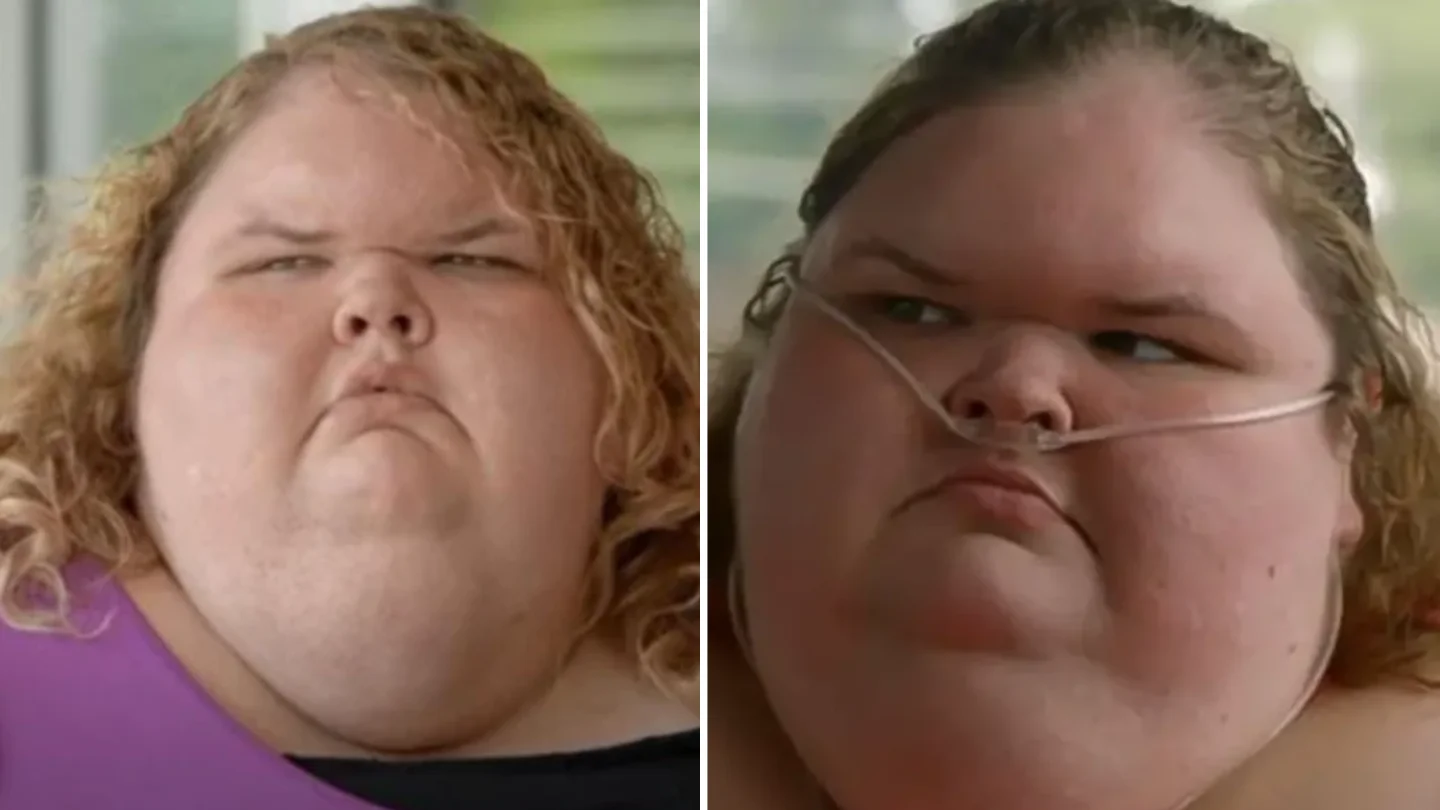Join Our Social Media
For Even More Exclusive Content!
TV & Film
View more
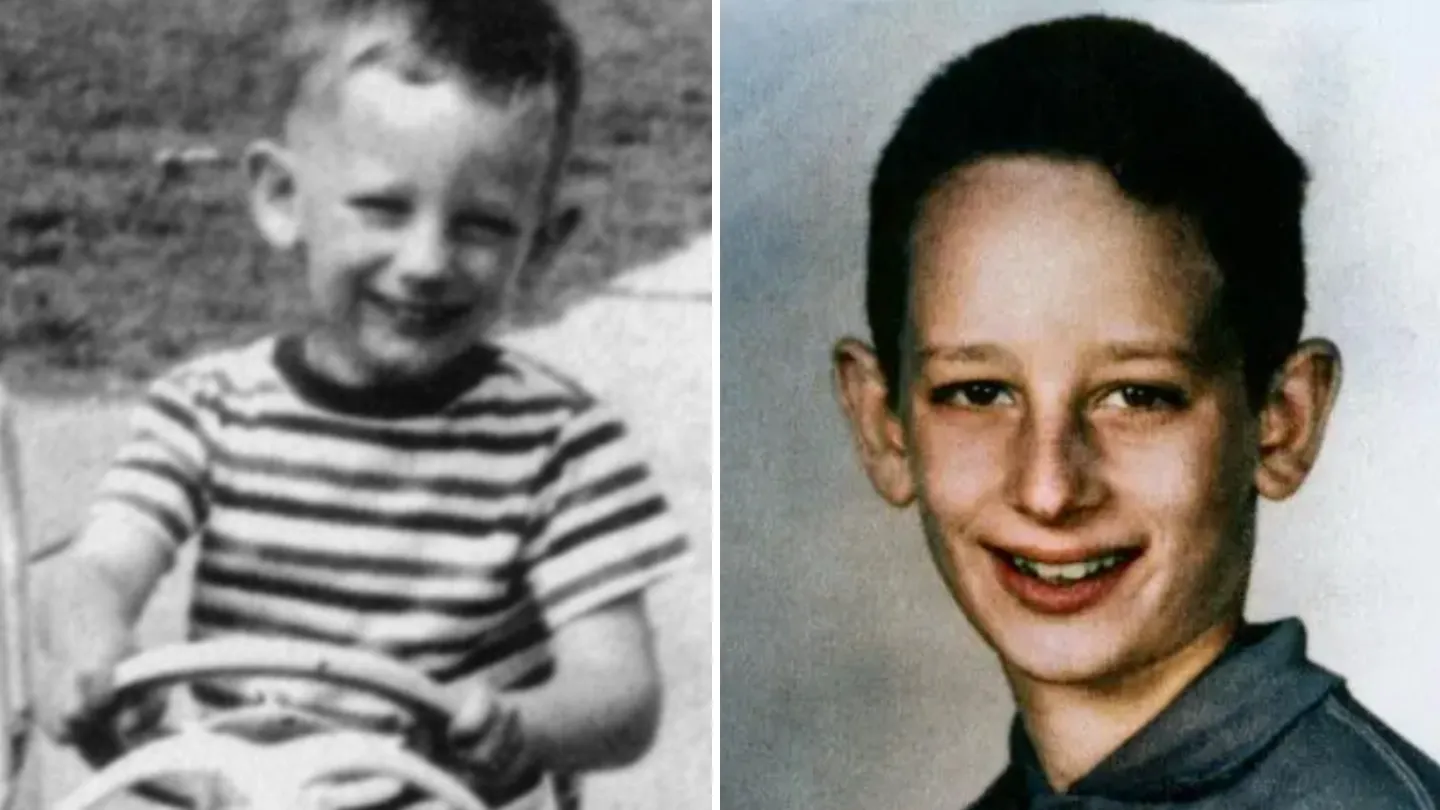
The Boy In The Photo Is Now Richest Celebrity in the World
A childhood photo has gone viral across social media platforms, not because of a viral challenge or a famous pose, …
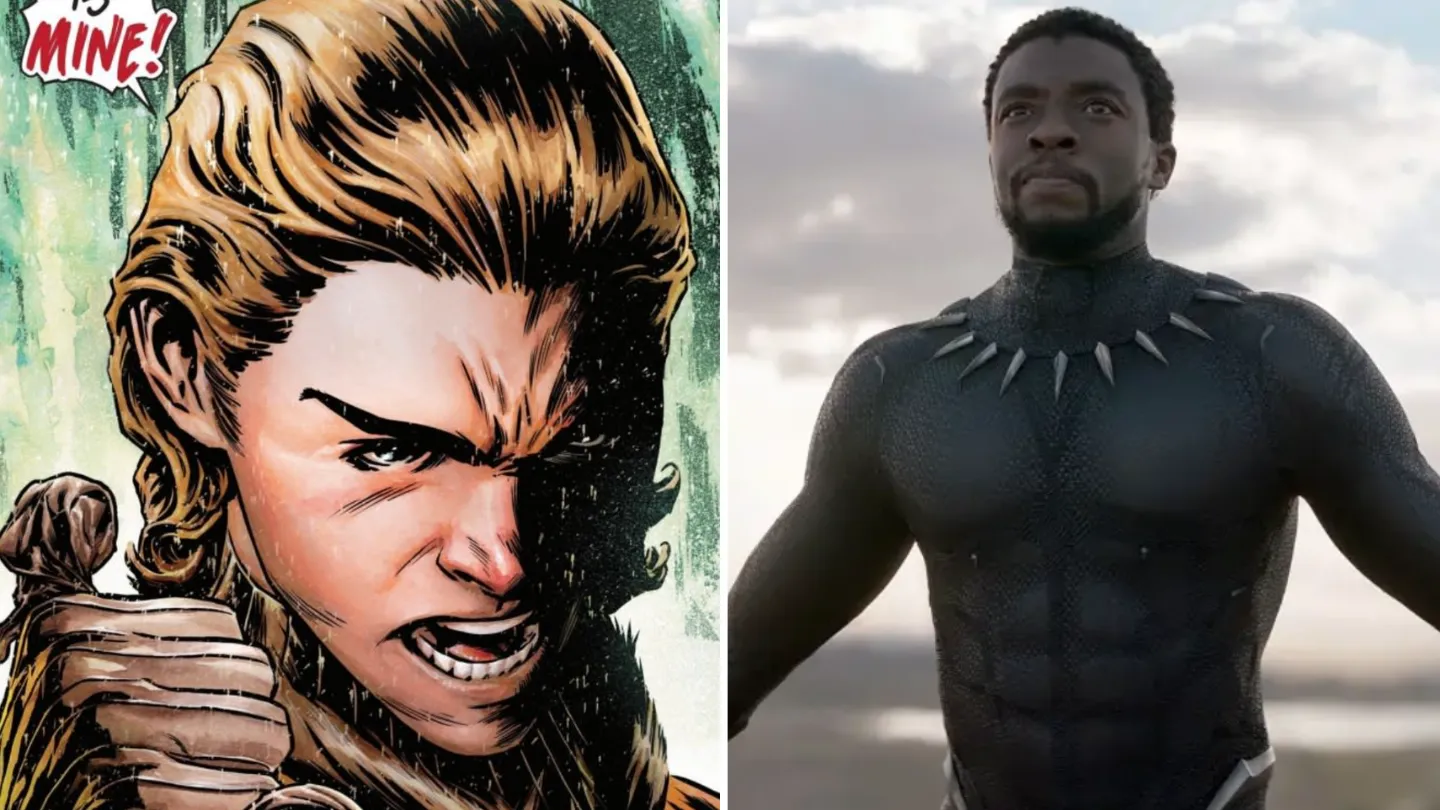
Marvel Fans Furious Over Whitewashing Of New Black Panther
Marvel has once again found itself in the middle of a firestorm, as outraged fans

Netflix Viewers Addicted to Gripping Mini Series They Can’t Stop Watching in One Day
Netflix subscribers are buzzing about a show so gripping, many say they couldn’t look away
Celebrity
View more
Music
View more
Stay in the Loop with What’s Buzzing!
Sign up for exclusive access to trending stories, viral content, and breaking news. We promise no spam, only the best content curated for you.
Life
View more

Ozzy Osbourne’s Final Post Leaves Fans in Tears After Sudden Death
Fans across the globe are mourning the loss of one of rock music’s most iconic voices. Ozzy Osbourne, the legendary …

Mom Divides Parents Over Bold Message to Her Kids About Bullies
A Louisiana mother has triggered a fierce debate online after she posted a video revealing

Incredible Photo Shows Woman Hanging on to Tree Before Being Rescued from Freak Flood That Killed Hundreds
As storms battered central Texas over the July 4 weekend, leaving devastation in their wake,
Health
View more
Fitness
View more


